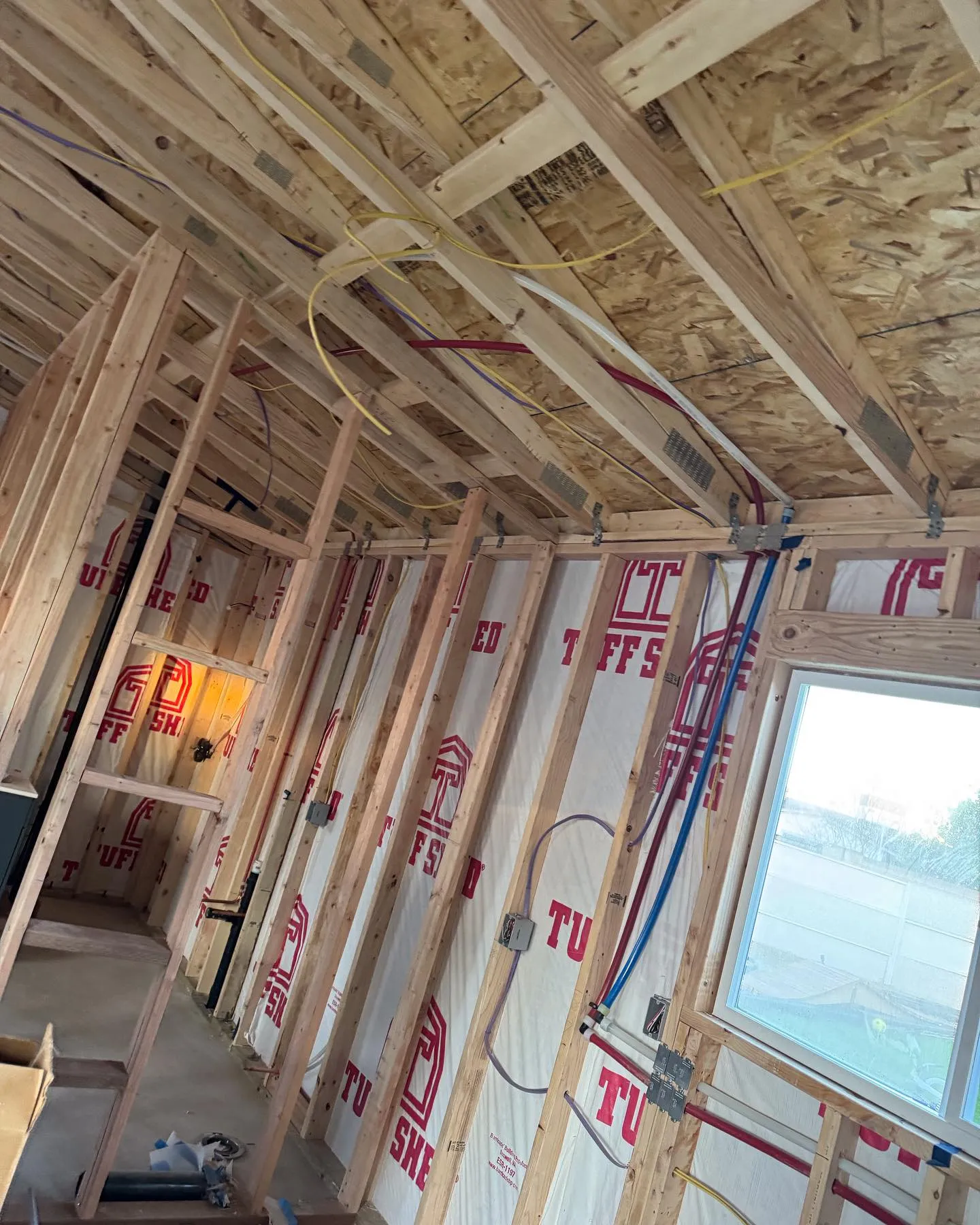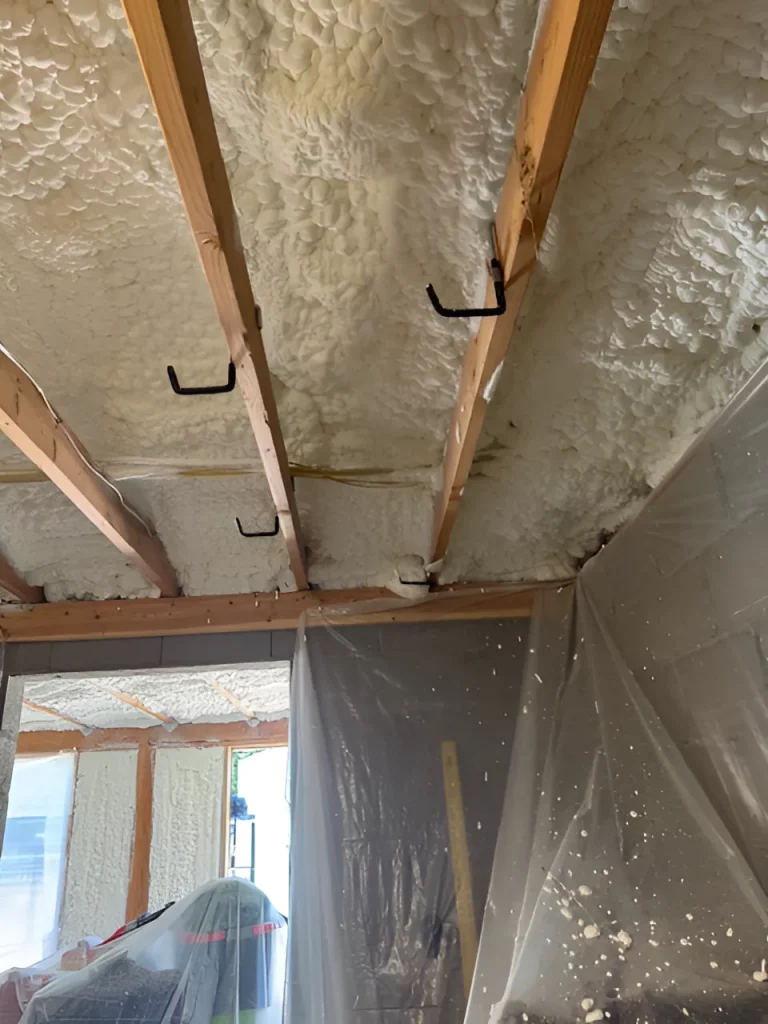
Spray foam insulation reduces airborne pollutants, allergens, and moisture infiltration by sealing gaps and cracks that allow outside contaminants to enter. This air-sealing effect creates a more stable indoor environment, improving air quality by limiting the circulation of dust, pollen, mold spores, and outdoor air pollution.
Spray foam performs more consistently than traditional insulation by acting as both an insulator and an air barrier. This dual function limits indoor air exchange with outdoor sources, which is especially relevant in Arizona’s dry, dusty climate. All Valley Insulation LLC shares this based on years of field experience in both residential and commercial installations.
Spray foam’s closed-cell or open-cell structure controls air movement, temperature, and moisture. Unlike fiberglass or cellulose, which allow airflow and particle intrusion, spray foam seals the building envelope completely.
| Property | Closed-Cell Spray Foam | Open-Cell Spray Foam |
|---|---|---|
| Air Barrier Capability | High (1.0 perm or less) | Moderate (5.0-10 perms) |
| Moisture Resistance | High | Low |
| Mold Resistance | Excellent (non-organic material) | Moderate |
| VOC Emission (Post-Cure) | Negligible after curing | Negligible after curing |
| Application Thickness | ~1 inch per layer | ~3 inches per layer |
| Sound Dampening | Low | High |
| Comparison Factors | Spray Foam Insulation | Fiberglass / Cellulose |
|---|---|---|
| Air Leak Prevention | Complete Seal | Partial Coverage |
| Allergen Barrier | Effective | Poor |
| Mold/Mildew Growth Prevention | Very Effective (esp. Closed Cell) | Prone in humid areas |
| Maintenance Need | Low | Moderate |
| Dust Accumulation Rate | Reduced | Higher |
Source: U.S. Environmental Protection Agency (EPA) – Indoor Air Quality Division; Building Science Corporation (2024)

Arizona buildings face high levels of airborne dust and pollen. Structures without continuous air barriers allow fine particulates to enter through wall assemblies, attic penetrations, and crawlspaces. Spray foam applied to these areas creates a sealed envelope that resists particulate intrusion.
Closed-cell spray foam is particularly effective in Arizona’s arid climate, where it reduces thermal stress, controls moisture vapor diffusion, and prevents dust migration.
In high-wind zones of Maricopa County, attic vents and unsealed soffits allow significant dust infiltration. Applying closed-cell foam along roof decks can eliminate this entry point.
Before installation, perform a blower door test to measure existing air leakage. This quantifies the improvement spray foam will offer.
All Valley Insulation LLC delivers the following services relevant to air sealing and pollutant control:
It significantly reduces unintentional air infiltration but should be paired with mechanical ventilation for air exchange.
Once fully cured, spray foam emissions are negligible. Proper curing and ventilation are essential.
Focus on attic, rim joist, and wall penetrations first. These are primary infiltration paths.
Closed-cell performs better against dust and moisture; open-cell helps with indoor acoustics.
Spray foam prevents outdoor pollutants from entering and limits internal moisture that leads to mold. For Arizona homes and buildings, this insulation method responds well to climate-specific challenges such as airborne dust and thermal stress. Choose material types and application areas based on structure, moisture zones, and ventilation capacity.
All Valley Insulation LLC can help identify the right application areas and materials to improve indoor air quality. For more details or to schedule a consultation, contact [email protected] or call (602) 761-0367.
Typically within 24 hours. Occupants should avoid the area during this time.
Yes. Installers should recommend balanced ventilation systems to maintain indoor air circulation.
Spray foam retains its shape and sealing properties for decades if properly installed.
Test annually or if symptoms like headaches or allergies arise.
Yes. Reduced dust intrusion can extend the life of HVAC filters and reduce maintenance.